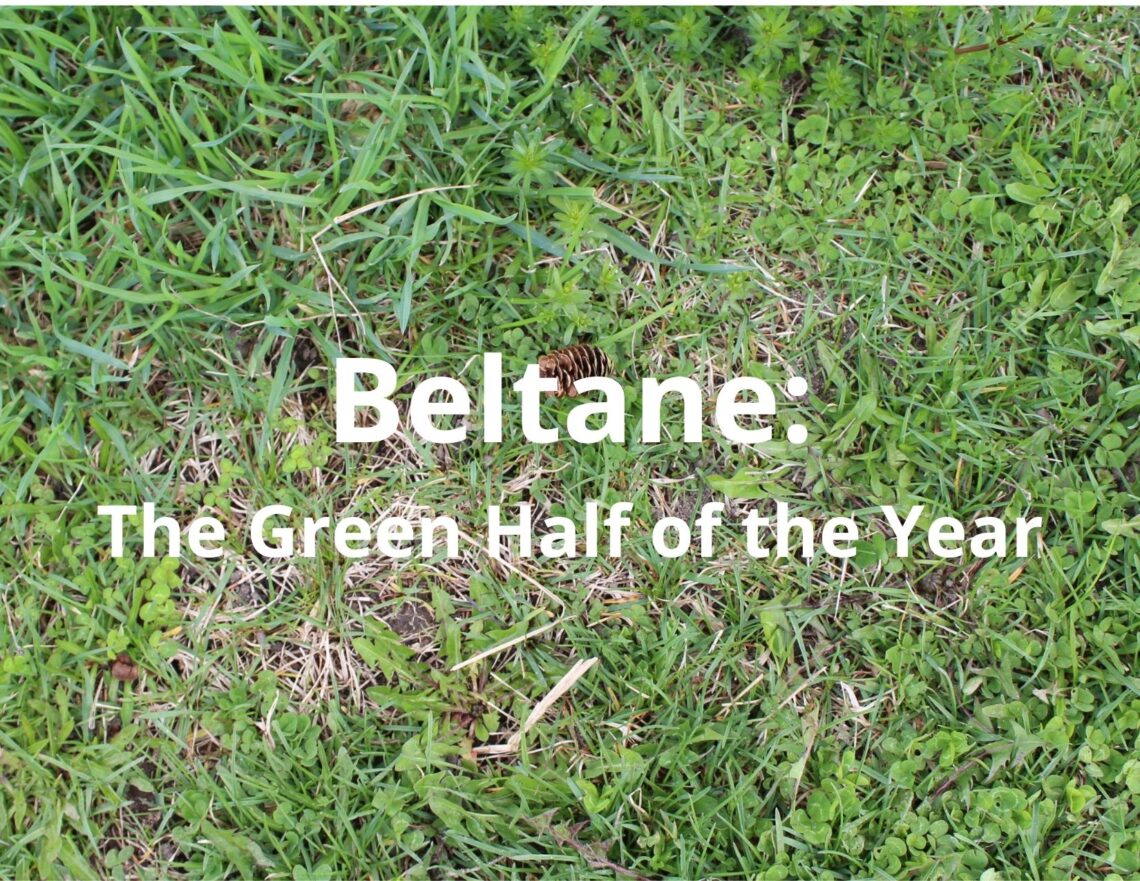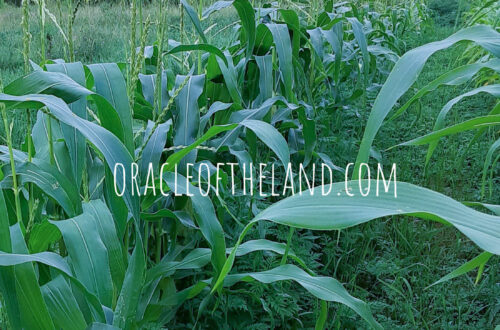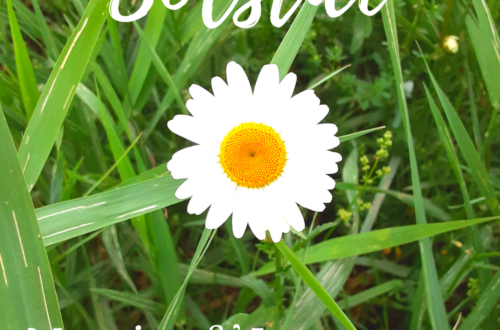
Beltane – The Green Half of the Year
The temperature is getting warmer. The grass is greener. Birds are everywhere chirping their songs and greeting us in the morning. It’s time for the flowers and vegetation to shoot up from mother earth again. The excitement of summer and the possibilities are in the air.
It’s Beltane
Beltane is a Gaelic seasonal Spring festival mainly celebrated in Ireland and Scotland around May 1st. It’s a cross quarter day meaning that it falls between the Spring Equinox and the Summer Solstice. It can be spelled in a variety of different ways from Bealtaine, Beltain, Beltane and is derived from a Celtic word, belo-te(p)niâ, meaning “bright fire.”
Spring marked the beginning of summer, the light half, or the green half of the year. In ancient times a pastoral life ruled the day. Therefore, this was the time to put the livestock out in the summer fields. Many traditions of new beginnings, cleansing, and fertility rites were observed. As usual, stories were told from generation to generation to help remember traditions, rituals, and to remember the Gods & Goddesses of the land.
Bright Fires
As the name implies, fires were the main aspect of this festival. After being cooped up for the winter both livestock and dwellings were symbolically cleansed by the sacred fires. The Druids who led the people in their rituals and festivals would make two bonfires side by side on a hill.
It was thought that fires had protective magical powers and they would lead their livestock between the fires to be “cleansed.” Afterward, the townspeople would pass between the fires or jump over a fire to ensure good luck. Each household would light a torch which they then used to relight their hearth fires and candles.
I can’t help but think about how the Indigenous tribes used sage and tobacco for the cleansing properties the plant contains. This cleansing with smoke is still carried out today with sage bundles, sweetgrass, incense, etc.
The fires may have also symbolized the sun which was needed in plenty to help ensure the growth of the planting season.
Ashes
After the fires died down, they used the ashes to rub on themselves, the livestock, and the ground for good luck for the growing season.
Fertility Rites
One popular fertility rite is the May Pole Dance. A large pole was erected in the ground symbolizing the Green Man (nature) fertilizing Mother Earth (land). As we usually do, we like to have fun at festivals, and the May Dance was born. Ribbons were tied to the pole and the unmarried men and woman would alternatively dance around the pole thereby wrapping the ribbon around the pole in a woven design.
I’m sure this served to help get the men and women together and interacting for their own personal fertility rites
Feasting
Part of the festival included feasting. Feasting is something that has carried over in the celebrations of today.
Today’s Celebrations
This festival marked the beginning of the summer with fertility rites that ensured the success of the growing season. The livestock was put out in the summer fields after they were cleansed. The hearth got cleared out and fires were relit for the season. It was a time of great joy and celebration and the promise of new successful beginnings.
In modern times, we still celebrate this festival with rituals, feasting, dancing, and much joy. Although our life has shifted from pastoral life to town life, it’s important that we keep our focus on nature and attune our lives with it to help us stay grounded and connected to the earth, ancestors, and the nature spirits. After all, we are all connected. This assures a more fulfilling satisfying life.
What are your Springtime Rituals? Please share.
Love & Light,

Sources:
https://en.wikipedia.org/wiki/Beltane
https://en.wikipedia.org/wiki/Maypole
http://www.huffingtonpost.com/2015/04/30/beltane-2015_n_7182440.html
Photo Source: Michele O’Donnell
Subscribe to our email list below and never miss the latest news or exclusive offers.






